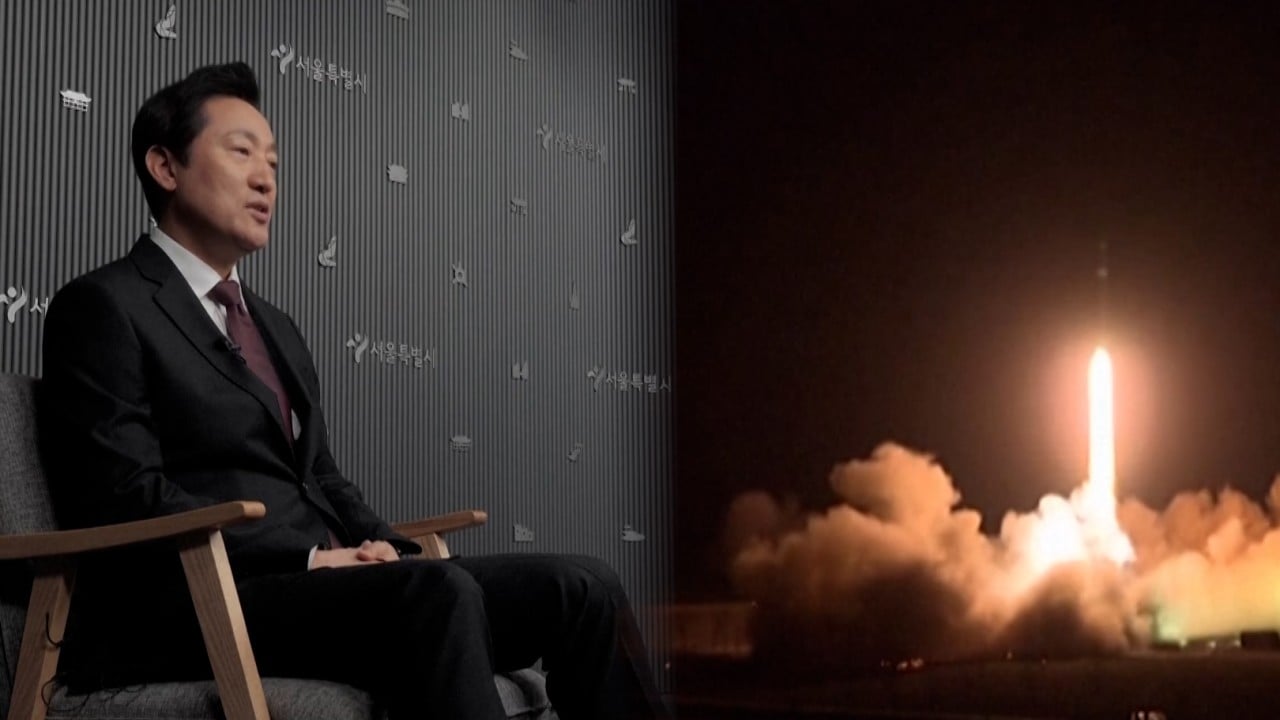Russia’s invasion of Ukraine in February 2022 has raised security concerns among Western countries. As Russia has grown increasingly isolated from the international community, it has elevated its ties with North Korea to the level of a comprehensive strategic partnership, including mutual defence assistance.
The two countries say they will assist each other in the event of foreign aggression. This has emboldened North Korea’s provocative actions, which is not good news for South Korea. However, it is not entirely dire for Seoul, especially its arms industry.
Speaking at domestic arms manufacturer Korea Aerospace Industries in November 2022, South Korean President Yoon Suk-yeol reiterated that the defence industry is an engine for future growth and pivotal for the development of hi-tech industries. He has pledged to turn the country into the world’s fourth-largest arms exporter after the United States, Russia and France. South Korean arms exports were estimated at US$14 billion in 2023, making it the ninth-largest arms exporter.
The South Korean government has nurtured the indigenous defence industry for decades, mainly because of North Korea’s threat. Since the Korean war, South Korea has been under constant threat from North Korea.
Pyongyang’s hostile approach presents a major national security challenge to Seoul, especially when pursuing its own nuclear weapons is not a viable option. Instead, South Korea feels the need to strengthen its military technology to enable a strong and swift response if provoked.
This can be seen in South Korea’s offensive military strategy, known as the “three-axis system”. This involves a pre-emptive strike on North Korea’s nuclear arsenal and missile facilities, targeting its air and missile defence systems and attacks aimed at eliminating the North Korean leadership. This strategy only works if South Korea can develop sophisticated conventional military weapons that can fire with precision from long range and do massive destruction.
The South Korean government has spent heavily on home-grown defence industries. Its 2023 defence budget reached US$47.9 billion, or 2.8 per cent of its GDP, putting it just behind Japan as the world’s 11th-biggest military spender. Financial support and technological transfers from the US have helped develop South Korea’s arms manufacturing.
In addition to manufacturing weapons ranging from light weapons to artillery, submarines, aircraft and satellites, South Korea is also capable of producing missiles as powerful as nuclear weapons. For example, reports in 2021 suggested the country was in the final stages of developing a surface-to-surface ballistic missile with a flight range of 350 to 400 kilometres which could carry a warhead of up to 3 tonnes.
Its expertise in conventional weapons enables South Korea to produce quality weapons quickly and at a lower cost. Russia’s invasion of Ukraine and Moscow’s recent military pact with Pyongyang have become major drivers of South Korea’s arms exports.
This is for several reasons. First and foremost, European countries have increased their defence spending as their security has come under greater threat. South Korea is attractive as an arms supplier given the urgent demand for conventional weapons. Other countries have larger arms industries, but their weapons can be more expensive and difficult to mass produce.
South Korea’s arms industries can do a better job. Five months after signing a US$12.3 billion deal to supply Poland with K-2 tanks, K-9 self-propelled howitzers, K239 Chunmoo anti-barrelled missile launchers and FA-50 light combat aircraft, the first shipment of South Korean tanks and howitzers arrived in Poland.
Also, the spillover effects from Russia’s war in Ukraine could lead South Korea to deepen its military engagement with Nato. South Korea’s arms industry could benefit from this given that its weapons system design is similar to that of many members of the transatlantic alliance, making it easier to integrate.
Finally, while European countries look to South Korea because of the military threat from Russia, some Asian countries are drawn to South Korea as an arms supplier partly because of the growing isolation of Russia from the international community, the disruption of Russia’s weapon manufacturing production amid the war in Ukraine and questions over the quality of Russian weapons.
Events in Ukraine might lead some to question the effectiveness of Russian hardware. The Russian military is now more than three years into what was supposed to be a “special military operation” against a much weaker opponent.
Some formerly reliable Russian clients are moving away from importing Russian arms. For example, Vietnam is reducing its arms imports from Russia after being a regular customer for decades and integrating Russian technology into its defence system. Instead, Vietnam is now considering buying arms from South Korea.
Other countries in the region, such as the Philippines, Malaysia, Indonesia and Thailand, are also looking to South Korea for arms imports. Cambodia, a close regional ally of China, has expressed a desire to strengthen military relations with South Korea.
Imports from South Korea are attractive to Southeast Asian countries as their standards are as good as Western products but have fewer strings attached. Western imports can be more expensive, and access to them can be restricted over concerns about human rights abuses. For example, the US placed an arms embargo on Cambodia in December 2021 over human rights violations and China’s military influence.
On the other hand, South Korea considers diplomatic relations and strategic significance in supplying arms. The security landscape around South Korea might be worryingly uncertain, but the country’s defence industry is stronger than ever.
Sokvy Rim is a research fellow at the Cambodian Centre for Regional Studies




